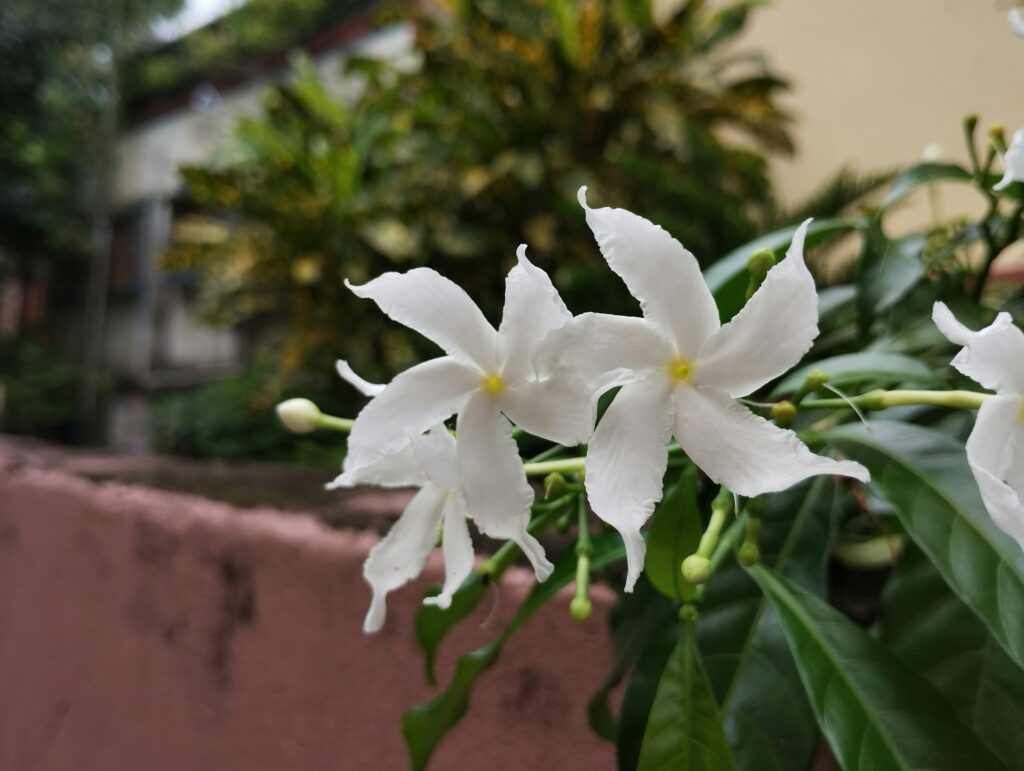There’s nothing quite like the sweet, calming scent of jasmine — known locally as melur — wafting through your garden.
Whether you want to make your own flower garlands for prayer, enjoy the fragrance in your backyard, or simply add a touch of timeless elegance to your home, jasmine is a wonderful addition to any Malaysian garden. And the good news? It’s easier to grow than you might think!
In this HARVEST guide, we’ll take you through the full journey: planting, caring, harvesting, and using your homegrown melur.
🌱 Why Grow Jasmine (Melur)?
✅ Cultural Significance: Used in Hindu, Buddhist, and Malay ceremonies, weddings, and festivals.
✅ Fragrance: Fills your garden with a natural, sweet scent — perfect for stress relief.
✅ Aesthetic: Adds delicate beauty with its white blooms and lush green leaves.
✅ Pollinator Friendly: Attracts bees and butterflies!
📍 Choosing the Right Jasmine Type
In Malaysia, the most common jasmine types for home gardens are:
🌼 Jasminum sambac (Melur): The classic variety used in garlands and religious ceremonies. Small, white, intensely fragrant flowers.
🌼 Jasminum multiflorum (Star Jasmine): Slightly larger plant, blooms in clusters, good for hedges.
🛠 How to Plant Jasmine at Home
🌞 Light
- Loves full sun — at least 5-6 hours daily
- Can tolerate partial shade but will bloom less
🪴 Soil
- Well-draining, loamy soil
- Mix compost or organic fertiliser before planting
🌧 Watering
- Water deeply 2-3 times a week (more during dry spells)
- Avoid waterlogging — jasmine dislikes soggy roots
🌱 Planting Options
- Ground beds near fences, gates, or walkways
- Large pots (minimum 30cm diameter) — ideal for balconies
🌿 Jasmine Care & Maintenance
✅ Pruning:
Trim lightly after flowering to encourage bushier growth and more blooms.
✅ Fertilising:
Feed with organic compost or a balanced flowering fertiliser every 4-6 weeks during growing season.
✅ Pest Watch:
Look out for aphids and mealybugs — spray with neem oil or soap solution if needed.
✅ Support:
Provide a small trellis or stake to guide the plant’s shape.
✂️ How & When to Harvest Jasmine
🌼 Best time: Early morning when flowers are freshly opened and most fragrant.
🌼 How: Gently pinch or snip blooms at the base of the flower stalk.
🌼 Frequency: Jasmine can bloom multiple times a year in Malaysia’s climate — especially with regular pruning and care.
💡 Tip: Harvesting regularly encourages new blooms!
💡 Creative Uses for Homegrown Jasmine
✨ Garlands (Malai / Kalava): String blooms for prayers, weddings, or festivals.
✨ Jasmine Tea: Dry petals and add to green or black tea for a floral twist.
✨ Potpourri or sachets: Dry flowers and keep in drawers or closets.
✨ Decor: Use fresh blooms in floating bowls for a simple, elegant touch at home.
🛑 Safety Note
While jasmine is generally safe around pets and children, always monitor pets (especially curious cats) to prevent over-sniffing or chewing on garden plants.
📸 Share Your Jasmine Journey
We’d love to see your blooming jasmine garden or homemade garlands! Tag @projectharvest.my and let’s celebrate the beauty of melur together 🌸
Use hashtags:#MelurMalaysia #JasmineGardenMY #ProjectHarvestMY #GardenToPrayer
🌈 Final Thoughts: A Little Plant, A Lot of Joy
Jasmine might be small, but the joy it brings — to your garden, your senses, and your soul — is huge.
With a bit of care, you can fill your home with the timeless fragrance of melur, and be part of a tradition that spans generations. 🌿🌼

